Do you have a fan that you have let go for a little too long without cleaning it?
If so, you have probably noticed that it is not blowing nearly as well as it once did.
Nearly every fan is designed so that you can get your fingers into it. That also means that the spaces that the air is meant to flow through can also get dirty enough to reduce in size pretty fast.
And depending on where you are primarily using the fan, that can happen even faster.
Fans require airflow to work properly. And over time, the accumulation of dust can cause a fan to have much less area for the air to flow through.
How to clean a fan ( fast version)
If you have a fan that has a front and a back like a rotary fan, box fan, table fan, and so forth.
There is a quick way to clean your fan so that it is blowing much better.
Granted this is a method for you if you’re just wanting your fan to blow better and not particularly interested in detail cleaning it at this point.
Here’s the trick.
Tools you will need.
A cleaning brush with a long handle ( a broom will do if that’s all you have)
1. Take the fan outside. But choose somewhere where you still have access to an outlet. (An extension cord will work)
2. While the fan is off. Take the cleaning brush and scrub the outside of the fan as well as possible.
( Remember we are not trying to get inside of the fan at this point. This is primarily to get your fan blowing again fast)
3. Without standing directly in front of the fan. Turn it on it’s high speed.
At this point you should see a lot of debris flying off.
4. With the fan on high speed, start brushing the rear of the fan.
The point is to clear out all the little areas where dust has accumulated to the point where it’s not letting air through.
By now you should see quite a bit of difference in the rate of which the air is able to blow through the fan.
6. Just keep on brushing the front and back with the fan still running on high. The debris should be flying off rapidly. Do it to your satisfaction.
At this point, you are able to see why I said do not stand directly in front of the fan and why I said take it outside first.
There you have it. A quick and easy way to get your fan blowing well again.
Didn’t work?
If you have a lot of dust that is binding to the fan, you may have to do a little more than brushing it off.
For instance, If you are using the fan in a kitchen, you may find that the dust does not blow off quite so easily when brushing it.
That’s because of the grease that accumulates on a fan when it is continuously blowing in a kitchen.
How to clean a fan ( slower version)
Sometimes you can’t just get away with doing it the easy way.
And sometimes the point is not to hurry up so your fan will blow easier, but to actually get down to the nitty gritty and put some actual shine on it.
Tools you’ll need
Warm soapy water
Degreaser
Wash towels
Screwdriver
Gloves
Face mask
Fortunately most box fans, desk fans, and oscillating fans are very easy to take apart.
It’s almost like somebody thought ahead and made them that way so that they could be easily disassembled and cleaned.
1. Unplug
You won’t be needing any electricity whatsoever for this type of cleaning method. So start off by unplugging the fan so that there is no chance of getting injured or shocked at all.
2. Disassemble
Disassembling in this case means taking the outer grill off. You’re not going to be doing anything with wiring for anything that has to do with electricity.
a. Box fan
To take a shell off a box fan, you will need a Phillips screwdriver or a screw gun.
Simply remove all the screws that are connecting the plastic covers to the metal frame and remove the covers.
Be sure to put the screws somewhere where you can keep up with them.
b. Oscillating fan
This type of fan has latches that are easily opened.
Simply open the latches and take the front cover off. The back cover is usually permanently attached to these.
3. Spray degreaser
Once you have it disassembled, spray degreaser on the front and the back of the covers and let them sit for a good 20 minutes.
Some degreasers take longer, some take a shorter time. The best policy is just to read the instructions on the can.
Spray the fan blade as well as any other spot that needs it. But try not to get anything inside of the motor.
Some degreasers can be pretty aggressive at getting grease off of things so be sure you wear some plastic gloves so you don’t end up irritating your hands.
A face mask is not a bad idea either.
4. Wash with soap and water
Once the degreaser has had time to release any grime that is on the fan parts, simply take a bucket of warm soapy water and wash all the degreaser and grime off.
5. Let it dry
6. Reassemble
You’re finished.
How to clean a tower fan.
A Tower fan doesn’t come apart and go back together nearly as easily as a box fan.
If you can get away with brushing the fins out and wiping the outside down,
That’s going to be a lot better choice than taking it apart.
Taking the time to clean your fan to make all the difference and how well it blows and cools down a room.
It doesn’t take too much accumulation of dust and particles on the outside of a fan to reduce the air flow to a point that you might as well leave it off sometimes.

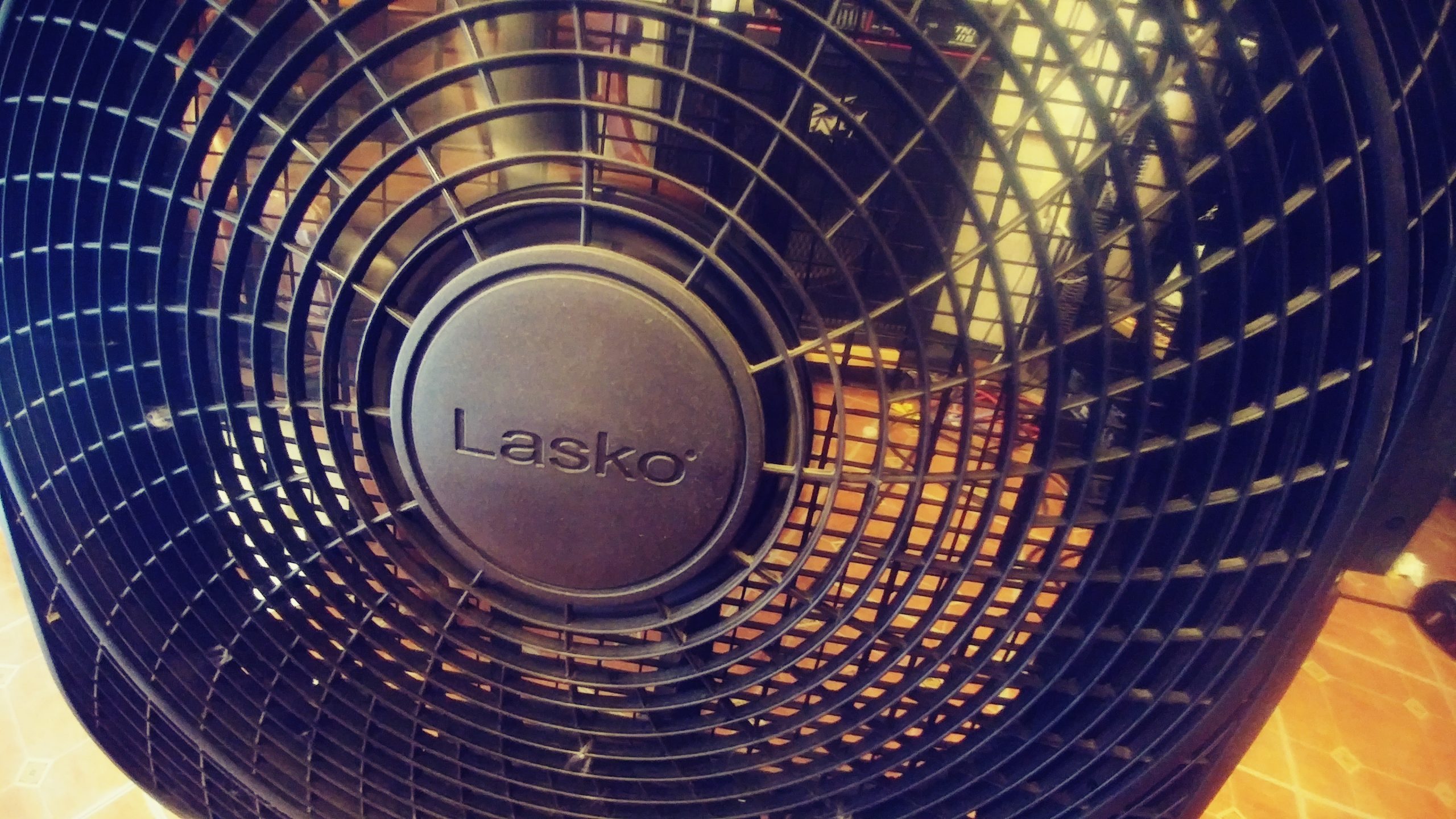
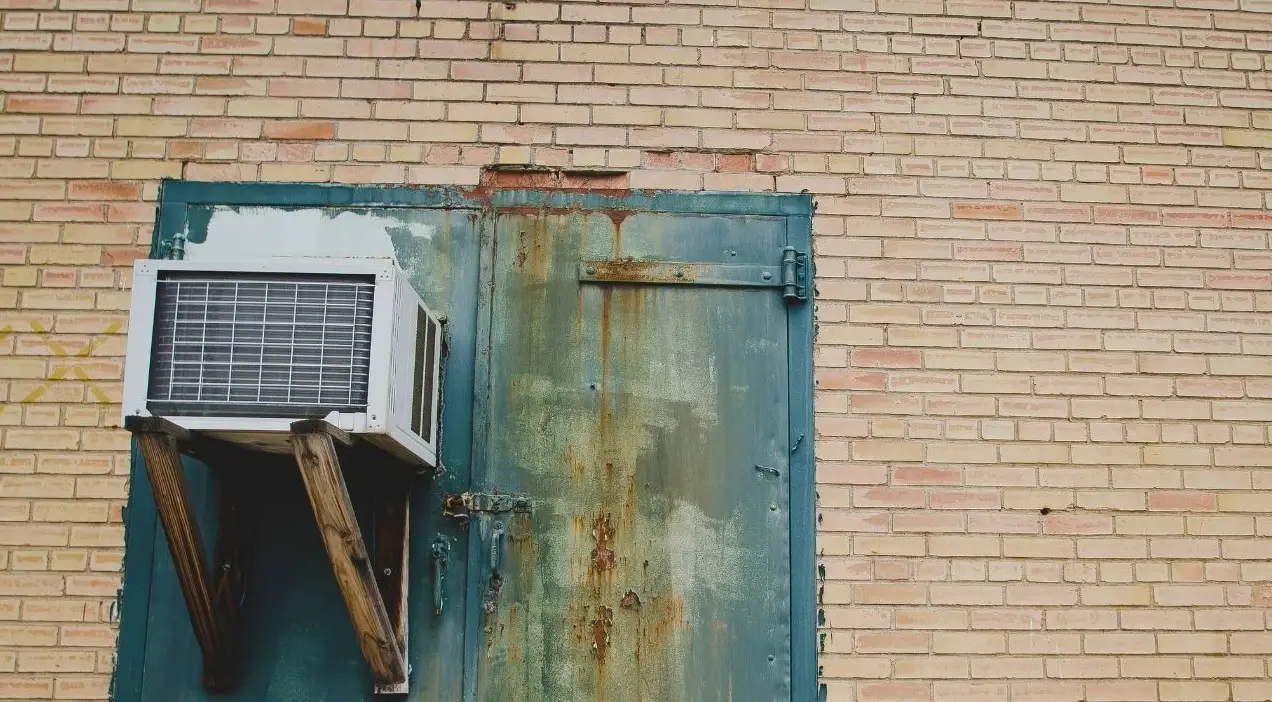
 There’s nothing like
There’s nothing like 

 And a number of the plants, including the ones I mentioned above happened to be some of the best oxygen producing plants that exist.
And a number of the plants, including the ones I mentioned above happened to be some of the best oxygen producing plants that exist.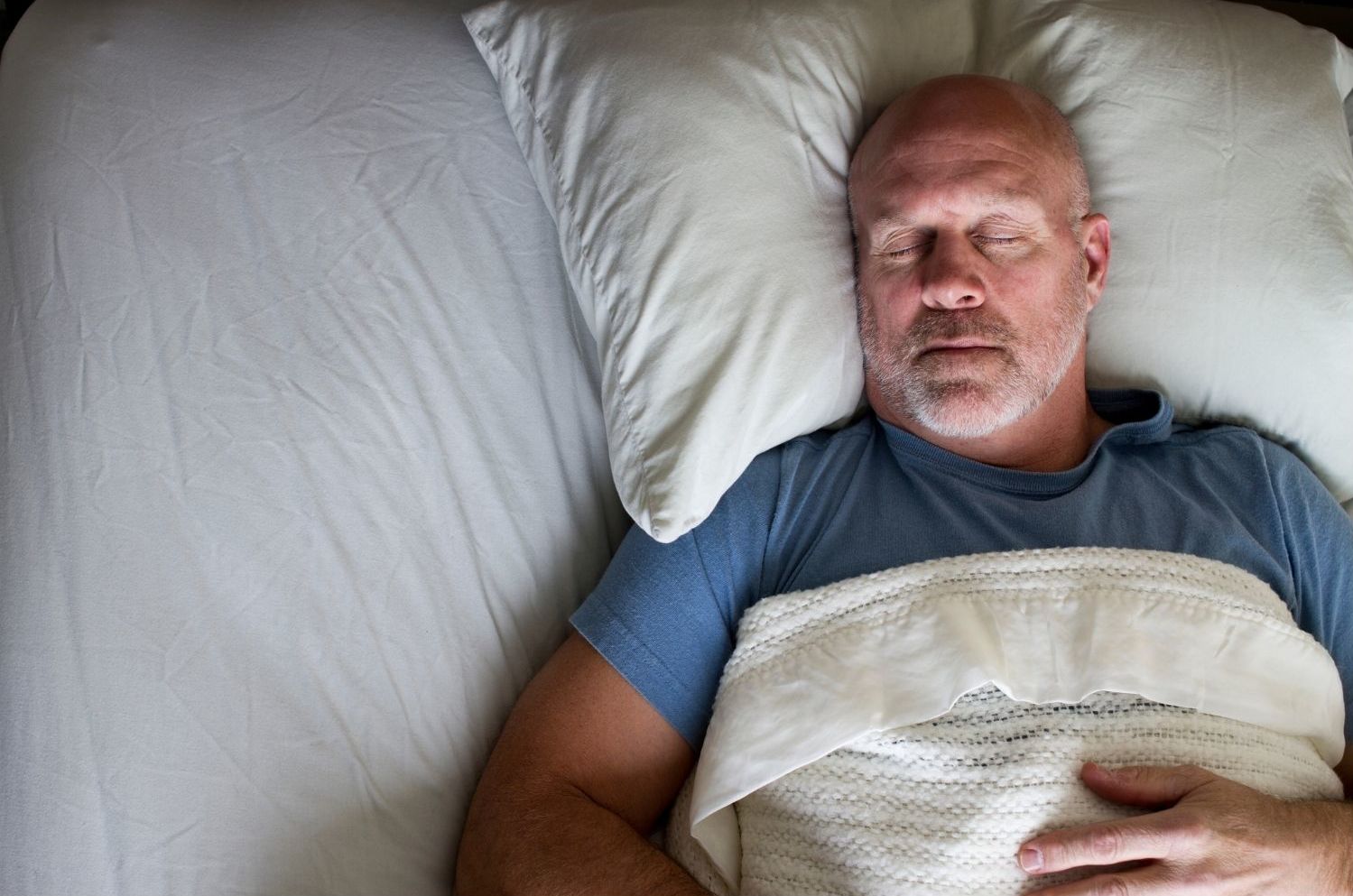
 But even with that information, knowing when to use a humidifier is still guesswork unless you have a way of measuring the humidity.
But even with that information, knowing when to use a humidifier is still guesswork unless you have a way of measuring the humidity.
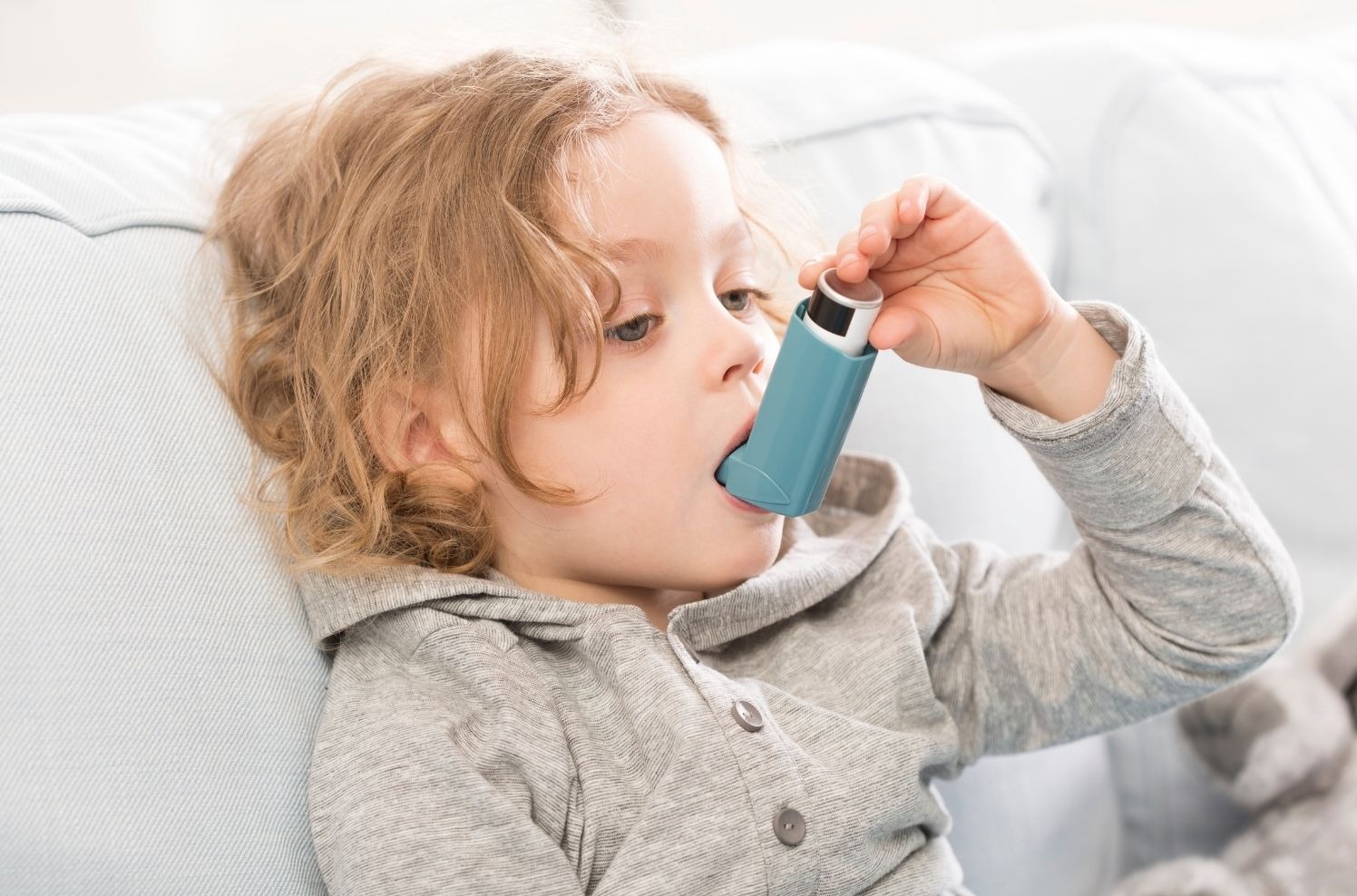




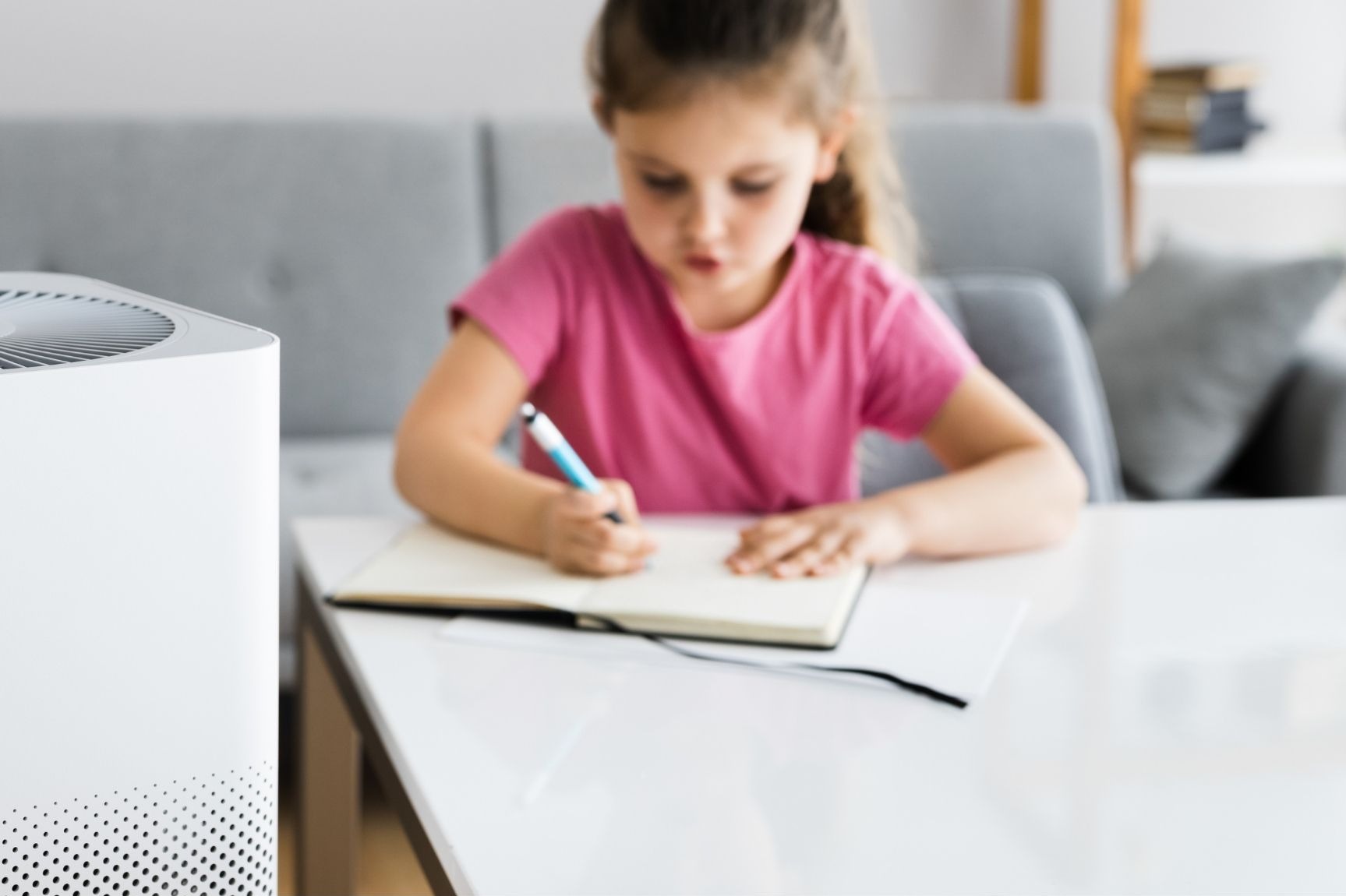



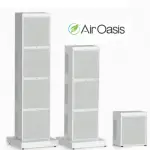
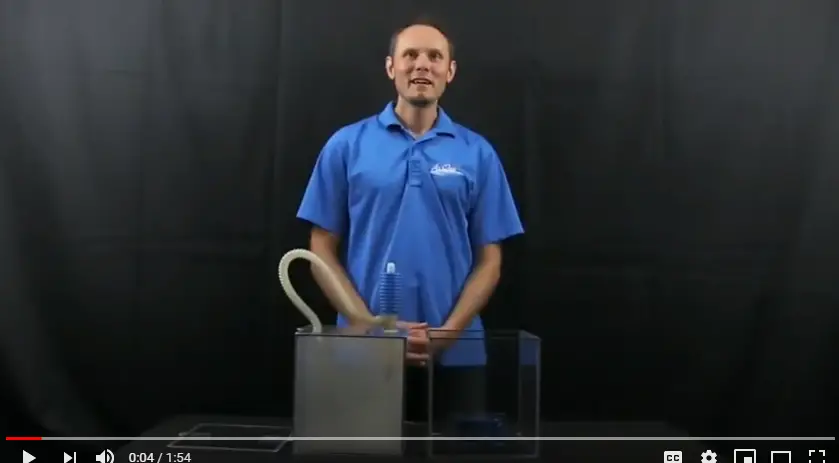
 For instance, an ionizer that is rated for a hundred square feet would create much too much ozone in an area that is only 25 square feet.
For instance, an ionizer that is rated for a hundred square feet would create much too much ozone in an area that is only 25 square feet.
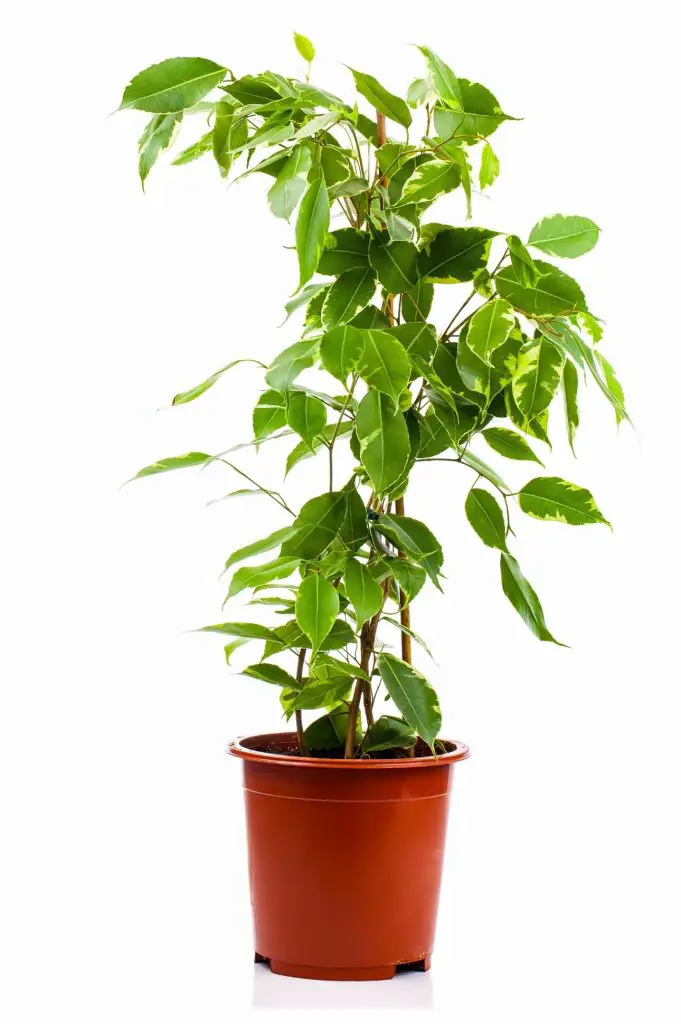 4. Humidifier
4. Humidifier